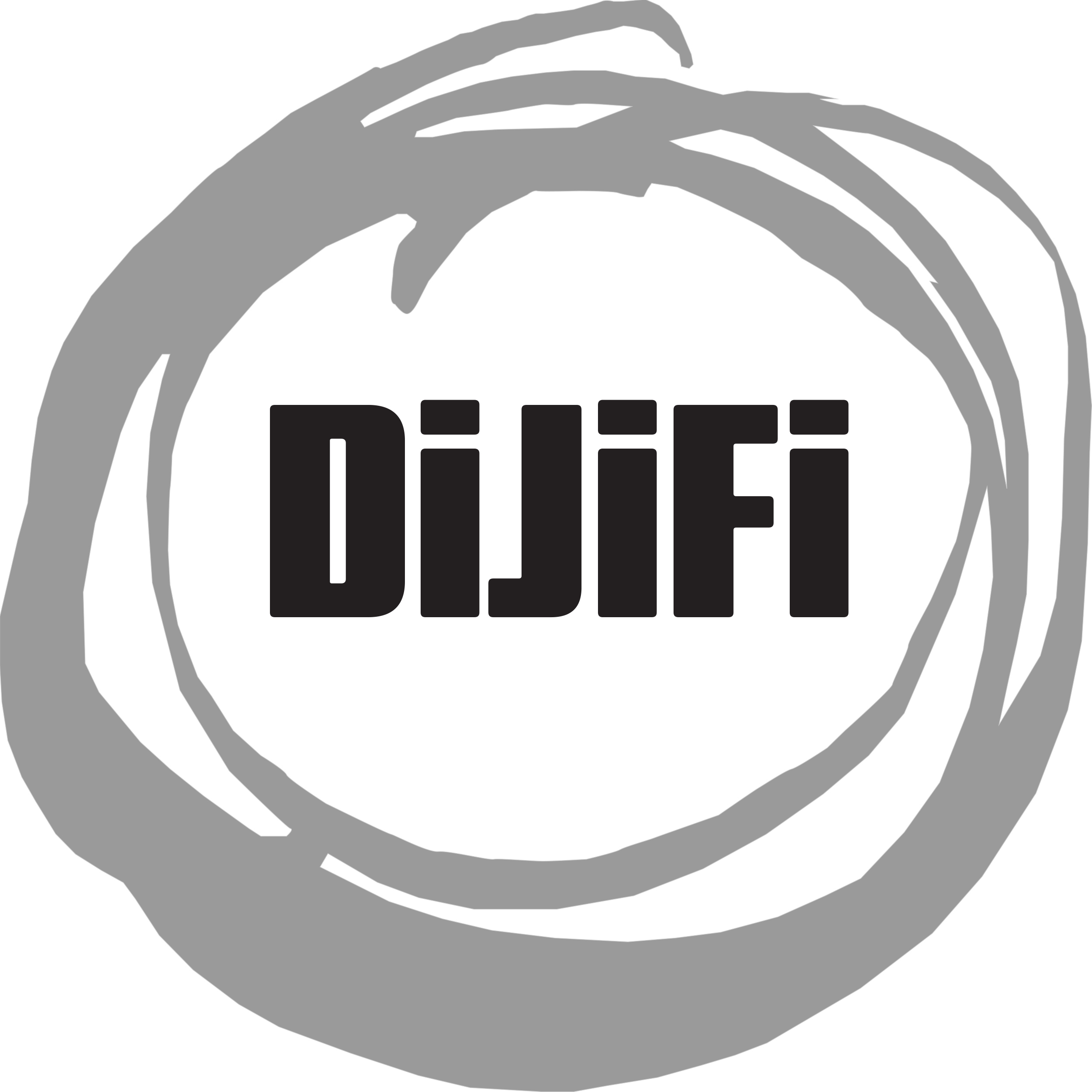How to Digitize Your Vinyl Record Collection
Vinyl records were all the rage in the mid-1900s. They allowed people to listen to their favorite musicians over and over again and to experience music in a new and exciting way. Though technology has progressed past vinyl records, many people still prefer this music medium over modern methods. In fact, vinyl records have seen a recent rise in popularity due to their unique sound and quality. It seems there’s no better time to bring all your old records out of storage and into the 21st century. Digitizing your vinyl record collection may seem like a rather involved process at first, but with the right equipment and know-how, it can be quite straightforward.
Perform a quality check
The first step in understanding how to digitize your vinyl record collection is knowing how to assess the quality of your records. Your records must be in good condition in order to be digitized, or else the final audio file won’t be as crisp as you intended. Assessing the quality of your records is a two-fold process. First, you must assess the outward condition of the record itself. Check for any noticeable scratches on the surface of the record and other signs of damage it may have incurred over the years. Then, check the audio quality of the record. Play both sides of the record and listen for any skipping or unclear audio. Even if the record doesn’t show outward signs of damage, there may still be small scratches that can affect the sound quality. Playing the record out loud will give you a better idea of the quality of the record and the measures you’ll need to take to convert it to a digital format.
You should also assess the quality of the equipment you’ll use to digitize the record. If you’re working with a professional digitization team, you can rest assured they’ll use the highest-quality digitization equipment for your records.
Convert analog to digital
Records that are in good condition can then progress through the digitization process. Converting analog audio to a digital format can be a rather intricate process that involves multiple conversions before the final digital file can be obtained. The analog audio will first be converted to a purely digital format that computers can read and understand. After this, it will be converted back into a new analog format that can be housed in a digital file and that human ears can hear and understand. For a more detailed explanation of the analog to digital conversion process, click here.
Our team at DiJiFi is equipped to manage a variety of different analog to digital audio conversions, from vinyl records to reel-to-reel tapes and even ADAT tape transfer services.

